Rising Demand for STEM Education
The educational robots market is experiencing a notable surge in demand driven by the increasing emphasis on STEM (Science, Technology, Engineering, and Mathematics) education within the GCC region. Educational institutions are increasingly integrating robotics into their curricula to enhance students' engagement and understanding of complex concepts. This trend is supported by various educational policies aimed at fostering innovation and critical thinking skills among students. According to recent data, the GCC education sector is projected to grow at a CAGR of approximately 8% over the next five years, indicating a robust market potential for educational robots. As schools and universities seek to equip students with essential skills for the future workforce, the educational robots market is likely to benefit significantly from this growing focus on STEM education.
Technological Advancements in Robotics
Technological advancements are playing a pivotal role in shaping the educational robots market. Innovations in artificial intelligence, machine learning, and sensor technologies are enhancing the capabilities of educational robots, making them more interactive and user-friendly. These advancements allow for personalized learning experiences, catering to diverse student needs and learning styles. In the GCC, the integration of advanced robotics technology in classrooms is becoming increasingly prevalent, with educational institutions investing in sophisticated robotic systems. The market for educational robots is expected to reach a valuation of over $500 million by 2027, reflecting the growing adoption of these technologies in educational settings. As educational robots become more sophisticated, they are likely to attract greater interest from educators and students alike, further driving market growth.
Emphasis on 21st Century Skills Development
The educational robots market is significantly influenced by the growing emphasis on 21st-century skills development within the GCC education system. Educational institutions are increasingly focusing on equipping students with skills such as critical thinking, collaboration, and digital literacy, which are essential for success in the modern workforce. Robotics education is seen as a vital component in achieving these objectives, as it encourages students to engage in problem-solving and innovative thinking. The GCC's commitment to enhancing educational outcomes is reflected in various initiatives aimed at integrating robotics into the curriculum. As schools prioritize the development of these skills, the educational robots market is likely to experience sustained growth, driven by the demand for tools that facilitate experiential learning and skill acquisition.
Increased Investment in Education Technology
The educational robots market is benefiting from increased investment in education technology across the GCC region. Governments and private entities are recognizing the importance of integrating technology into education to enhance learning outcomes. This investment is reflected in the establishment of innovation hubs and funding for educational technology startups focused on robotics. Recent reports indicate that the education technology sector in the GCC is expected to grow by over 15% annually, creating a favorable environment for the educational robots market. As more resources are allocated to technology-driven educational solutions, the demand for educational robots is likely to rise, providing students with hands-on learning experiences that foster creativity and problem-solving skills.
Growing Popularity of Extracurricular Robotics Programs
The educational robots market is witnessing growth due to the increasing popularity of extracurricular robotics programs in schools across the GCC. These programs provide students with opportunities to engage in hands-on learning experiences, fostering teamwork, creativity, and technical skills. Schools are increasingly recognizing the value of robotics clubs and competitions, which not only enhance students' understanding of robotics but also encourage collaboration and innovation. As participation in these programs rises, the demand for educational robots is expected to increase correspondingly. Recent surveys indicate that over 60% of schools in the GCC are now offering robotics-related extracurricular activities, highlighting the potential for growth in the educational robots market as more students seek to participate in these enriching experiences.

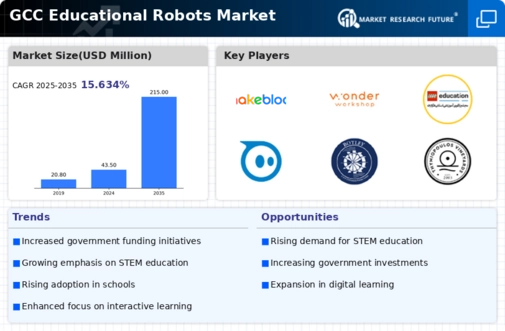
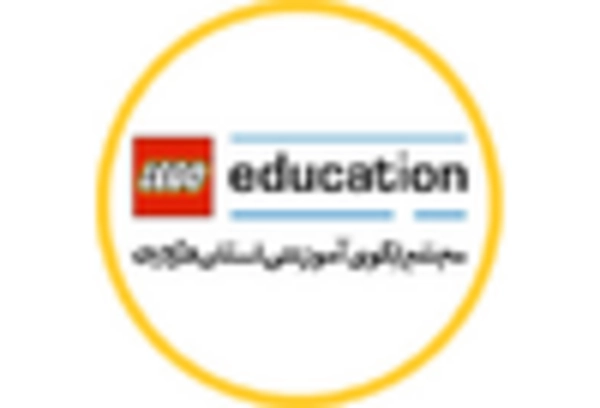

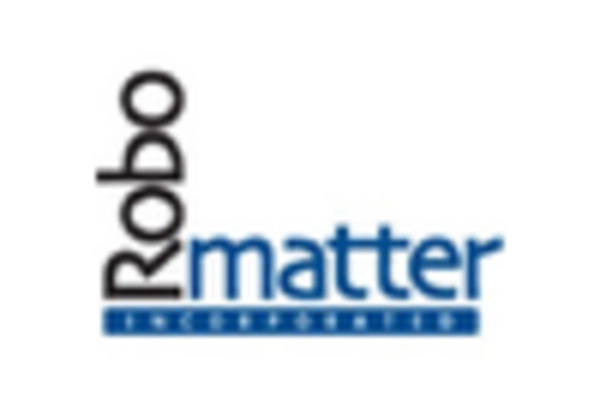
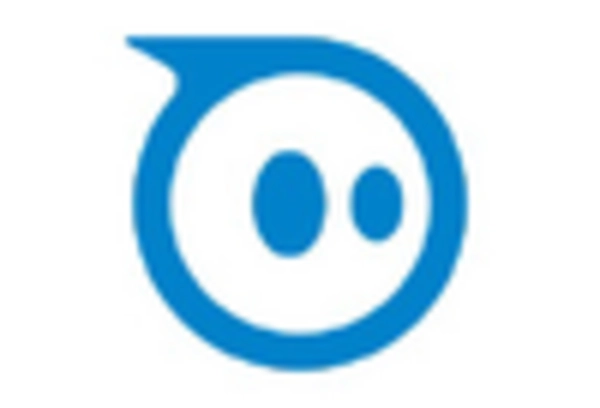

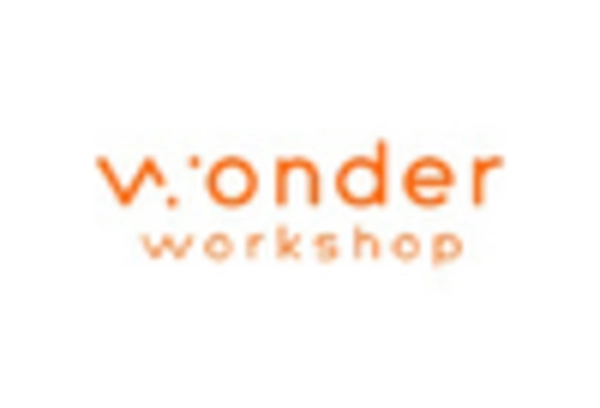








Leave a Comment